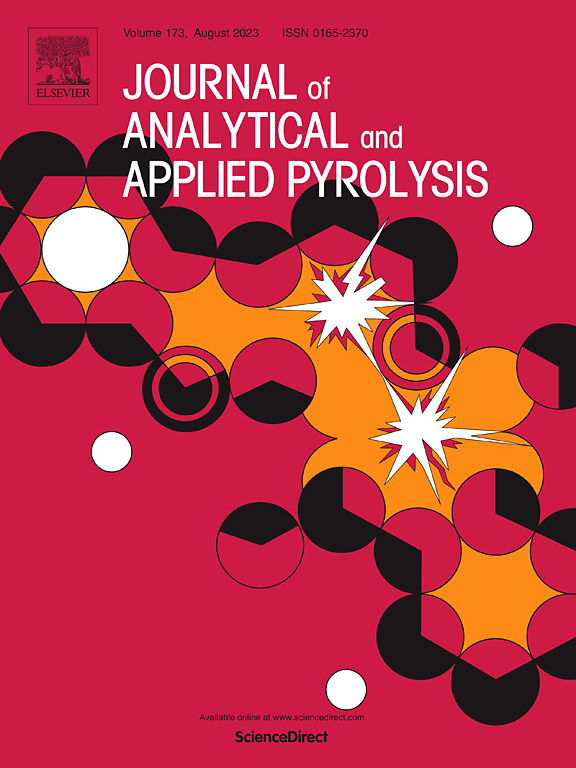Comprehensive assessment of biochar derived from thermochemical processing of food waste digestate: Properties, preparation factors, and applications
IF 5.8
2区 化学
Q1 CHEMISTRY, ANALYTICAL
引用次数: 0
Abstract
Food waste digestate (FWD), a by-product of anaerobic digestion (AD), urgently needs to be properly and effectively disposed of. As a viable solution for FWD disposal and utilization, the preparation, formation mechanisms, influencing factors, and diverse applications of biochar (pyrochar and hydrochar) were reviewed. Specifically, the formation of pyrochar relies on precise control of surface area, porosity, and morphology, with optimal preparation conditions including a temperature range of 500–600 ℃, a low heating rate, and a water content below 30 %. In contrast, the properties of hydrochar are primarily influenced by temperature, residence time, and S/L, with ideal conditions being 150–250 ℃, a residence time of approximately 30 minutes, and an S/L between 1:5 and 1:10. For the applications, pyrochar is mainly used as an adsorbent, catalyst, soil amendment, additive in AD, compost and electrode materials due to its exceptional specific surface (SSA) area and porosity, and remarkable water retention capacity. Conversely, hydrochar, characterized by its high HHV and low ash content, finds use as a solid fuel. This study offers valuable insights and strategic guidance for the sustainable management of FWD.
求助全文
约1分钟内获得全文
求助全文
来源期刊
CiteScore
9.10
自引率
11.70%
发文量
340
审稿时长
44 days
期刊介绍:
The Journal of Analytical and Applied Pyrolysis (JAAP) is devoted to the publication of papers dealing with innovative applications of pyrolysis processes, the characterization of products related to pyrolysis reactions, and investigations of reaction mechanism. To be considered by JAAP, a manuscript should present significant progress in these topics. The novelty must be satisfactorily argued in the cover letter. A manuscript with a cover letter to the editor not addressing the novelty is likely to be rejected without review.

 求助内容:
求助内容: 应助结果提醒方式:
应助结果提醒方式:


